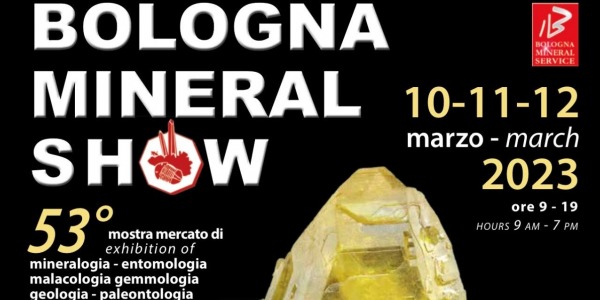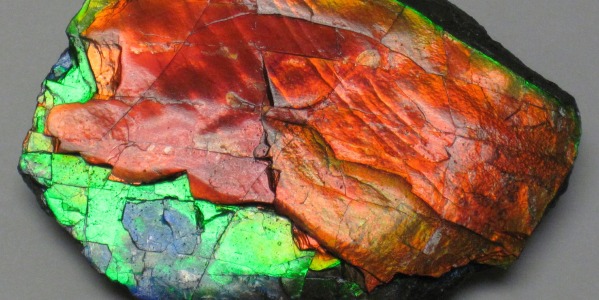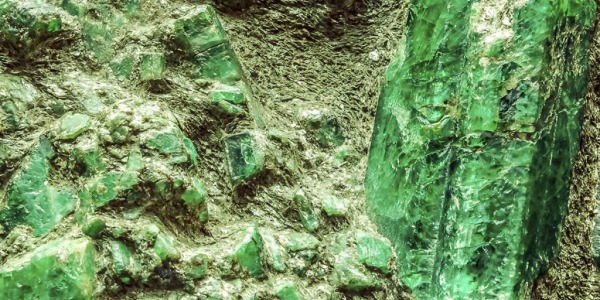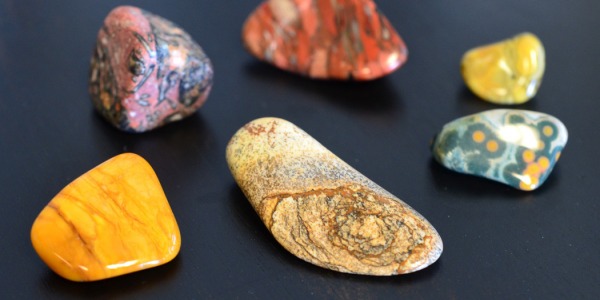Cuts and facets: how a gem is forged in its own shape
Cuts and faceting: how a gem is forged in its own shape
We have to stretch back in time in order to track down the origin of gem's cut tradition:the carefulness and thoroughness of a gem's cut determines its own shape, the brilliance and, ultimately, its remarkable beauty as well. The good or poor quality of the cut may even influence the actual value of the gem on the market. On one side a poorly executed cut on a rough coloured gem may badly effect its own colour once the gem is complete, on the other hand a duly-performed cut on an ordinary gem may remarkably improve the final product as well as uplift its value. The quality of the cut may even impact on the inclusion's visibility, by playing them down and placing them almost out of sight. Diamonds, because of its inner hardness (10 point on the Mohs Scale), is suitable to be cut into a wide array of different shapes. Let's try to wrap up and outline the most popular cuts on the worldwide market.
Brilliant Cut
Here we have immediately a myth to dispel that is the wrong interpretation of the word “brilliant”. This term does not refer to the stone itself rather to the peculiar cut that is widely used to shape the solitaire diamonds”. The most appropriate cut would be”diamond with brilliant cut”. This kind of cut includes 58 facets distributed as follows: 33 in the higher part (crown), 24 in the pavillion and a single one at the extremity of the Pavillion (Culet) in order to tie all the facets together. The notoriety and success of this cut is mostly due to its ability to enhance the gem's diffraction and, as a consequence, its luminosity.The “Brilliant Cut” implies a significant loss of the stone's weight, estimated around 60%, but even a considerable improvement of its overall beauty. Besides, this cut can adapt to several shape such as the round, pear, heart, oval, Marquise form.
Cabochon Cut
This type of cut is entirely facetless. This cut displays a flat base and a rounded, convex higher surface. It is frequently applied to tarnished stones or stones with inclusions in order to better highlight the colour's intensity. This methodology is predominantly used for coloured stones: the most fitting ones are the tourmaline, amethyst, ruby,emerald, sapphire and rhodolite. It is highly recommended to avoid to apply this kind of cut on stones whose inclusions are very close to the surface, since it's very likely they would snap off when it comes to be cut.
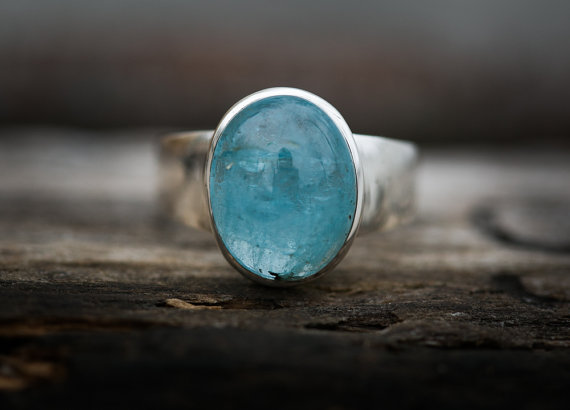
Oval Cut
The diamond with oval cut features 57 facets with similar angle's cuts in order to achieve a luminosity that is pretty much comparable to the rounded diamond. Its distinctive elongated shape allows the stone to be perfectly integrated with a ring. An Oval Cut gem has a twofold purpose both as main gem or as a backburner one, to be placed on the main gem's side.
Heart Cut
This type of cut features another aspect of the “brilliant cut” since it features 57 facets. The distinguished shape demands a superlative expertise and craftsmanship of the cutter: the cut style may vary according to the shape and nature of the raw gem. The high quantity of inclusions and the necessity to avoid excessive loss weight for the gem may bring to choose this kind of cut. Just for the record, the widespread popularity of this cut is mostly due to recurring happenings as anniversary, San Valentine's gifts as well as movie clichè: the whole plot of the blockbuster movie “Titanic” takes the cue from a lost necklace with heartshaped sapphire :)
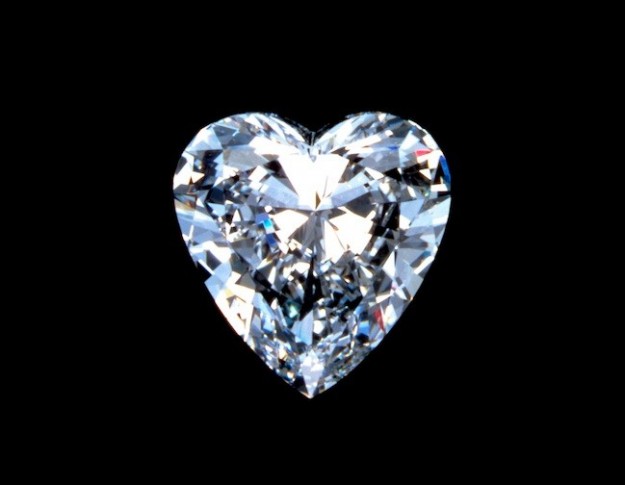
Princess Cut
This cut is relatively new and modern. Its origin stretches back to the '60s when the Hungarian diamond cutter Arpad Nagy conceived the “Profile Cut”, a sort of anticipation of what we nowadays know as “Princess Cut”. This type is encompassed within the square cut diamonds: the number of facets may vary among 58 up to 76 and it is tailored for bright and translucent stones, since it is supposed to enhance their luminescence and brilliance. In the end, it might be recorded as a mixed cut since it features elements of different cuts.
Emerald Cut
This cut shows a rectangular or squared shape with numerous facets laying along the sides and angles. This cut has to be handled with extreme care since it may easily unveil any stone's flaw or defection: this is why it is largely suitable with completely pure and clean stones with no inclusions at all.
Marquise or Navette Cut
The name of this cut (Navette) gives an evident cue about its own peculiar form: an elongated shape with curved sides who touch each others at the opposite extremities in order to create two pointy far-ends. Even this cut demands a formidable ability of the diamond cutter, because of the fragility of the two extremities. The alternative name of the cut, Marquise, originates from an historical anecdote, when the French King Louis XV ordered the royal court's cutter to envision and create a special diamond for his lover, Madame de Pompadour.

